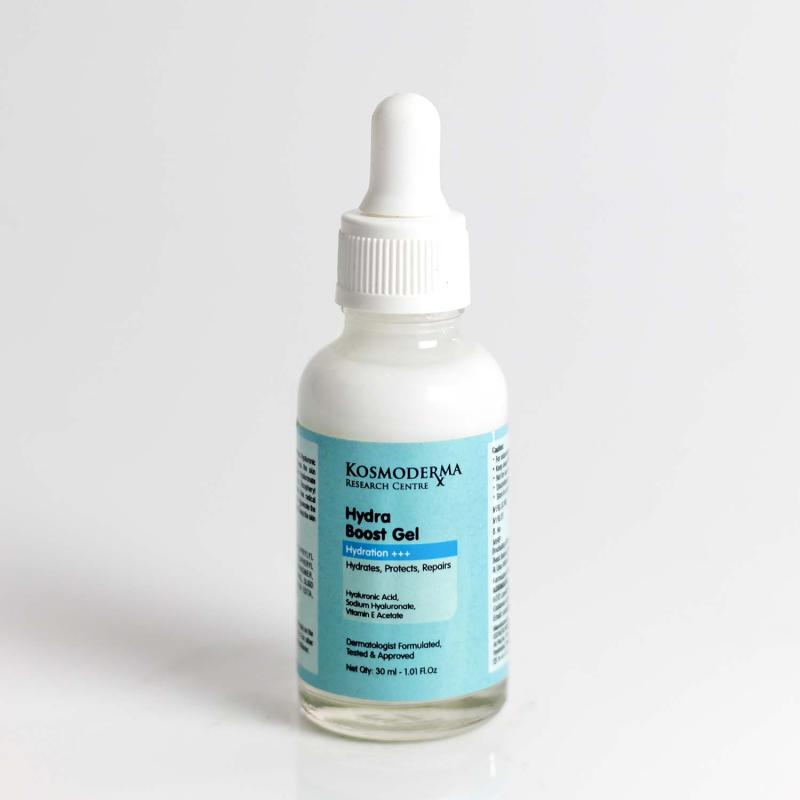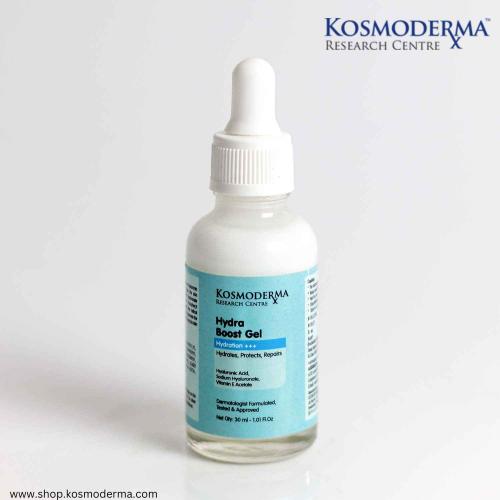PRP vs. GFC: Comparing Two Popular Hair Restoration Treatments

Hair loss can be a distressing experience, leading many individuals to seek effective solutions. Among the various treatments available, Platelet-Rich Plasma (PRP) and Growth Factor Concentrate (GFC) have gained significant attention for their promising results in hair restoration. This comprehensive guide aims to compare PRP and GFC, highlighting their benefits, procedures, effectiveness, and suitability to help you make an informed decision.
Understanding PRP Treatment
What is PRP?
Platelet-Rich Plasma (PRP) treatment involves using a patient’s own blood to extract a concentrated solution of platelets, which are rich in growth factors. These growth factors are believed to stimulate hair follicles, encouraging hair growth and improving hair density.
How Does PRP Work?
Blood Collection: A small amount of blood is drawn from the patient.
Centrifugation: The blood is placed in a centrifuge to separate the plasma from other components.
Plasma Extraction: The platelet-rich plasma is extracted and prepared for injection.
Scalp Injection: The PRP is injected into the areas of the scalp experiencing hair thinning or loss.
Benefits of PRP
Natural and Safe: Utilizes the patient’s own blood, minimizing the risk of allergic reactions and complications.
Minimally Invasive: Involves injections, avoiding the need for surgical procedures.
Effective: Clinical studies have shown that PRP can improve hair density and thickness.
Quick Recovery: Patients can resume normal activities shortly after the treatment.
Understanding GFC Treatment
What is GFC?
Growth Factor Concentrate (GFC) treatment involves using a concentrated solution of growth factors derived from the patient’s blood. Unlike PRP, GFC specifically isolates growth factors to create a more potent solution aimed at stimulating hair growth and improving hair health.
How Does GFC Work?
Blood Collection: A small amount of blood is drawn from the patient.
Preparation: The blood is processed using a specialized technique to isolate and concentrate growth factors.
GFC Extraction: The concentrated growth factors are extracted and prepared for injection.
Scalp Injection: The GFC is injected into the scalp to stimulate hair follicles and promote hair growth.
Benefits of GFC
High Concentration of Growth Factors: Provides a more potent solution compared to traditional PRP, potentially leading to better results.
Minimally Invasive: Similar to PRP, the procedure involves injections without surgery.
Effective: Studies indicate that GFC can significantly improve hair density and quality.
Quick Recovery: Patients can return to their daily activities soon after the procedure.
Comparing PRP and GFC
Procedure
PRP: Involves drawing blood, centrifuging it to separate platelets, and injecting the platelet-rich plasma into the scalp.
GFC: Involves drawing blood, using a specialized technique to isolate and concentrate growth factors, and injecting the concentrated solution into the scalp.
Effectiveness
PRP: Known to improve hair density, thickness, and overall hair health. Results can be seen after several sessions.
GFC: Offers a higher concentration of growth factors, potentially leading to more significant improvements in hair density and quality. Results can also be seen after multiple sessions.
Suitability
PRP: Suitable for individuals with early stages of hair loss, androgenic alopecia, and those looking to improve hair health.
GFC: Ideal for individuals seeking a more potent treatment, those with advanced hair thinning, and those looking for quicker results.
Cost
PRP: Generally less expensive compared to GFC due to the simpler preparation process.
GFC: Typically more expensive due to the specialized technique required to isolate and concentrate growth factors.
Safety and Side Effects
PRP: Considered safe with minimal side effects such as mild swelling, redness, and tenderness at the injection sites.
GFC: Also considered safe with similar side effects as PRP. The higher concentration of growth factors may reduce the frequency of treatments needed.
PRP and GFC for Different Types of Hair Loss
Male Pattern Baldness
PRP: Effective in stimulating hair follicles and reducing hair thinning in the crown and temple areas.
GFC: Provides a more concentrated treatment, potentially offering better results for those with more pronounced hair loss.
Female Pattern Baldness
PRP: Helps in addressing diffuse thinning, especially on the top of the head and crown.
GFC: Offers a stronger solution that can be particularly beneficial for women experiencing significant hair thinning.
Telogen Effluvium
PRP: Can help in reducing hair shedding and promoting regrowth in cases of stress-induced hair loss.
GFC: The concentrated growth factors may provide quicker recovery and regrowth in cases of telogen effluvium.
Alopecia Areata
PRP: Shows promise in treating patchy hair loss by stimulating inactive hair follicles.
GFC: The potent growth factors in GFC may enhance the treatment results for individuals with alopecia areata.
Real-World Results and Patient Experiences
Case Studies and Clinical Trials
PRP: Numerous studies and case reports highlight the effectiveness of PRP in improving hair density and thickness. Patients generally report satisfaction with the gradual improvement in hair quality.
GFC: Emerging studies indicate that GFC may offer superior results









Comments